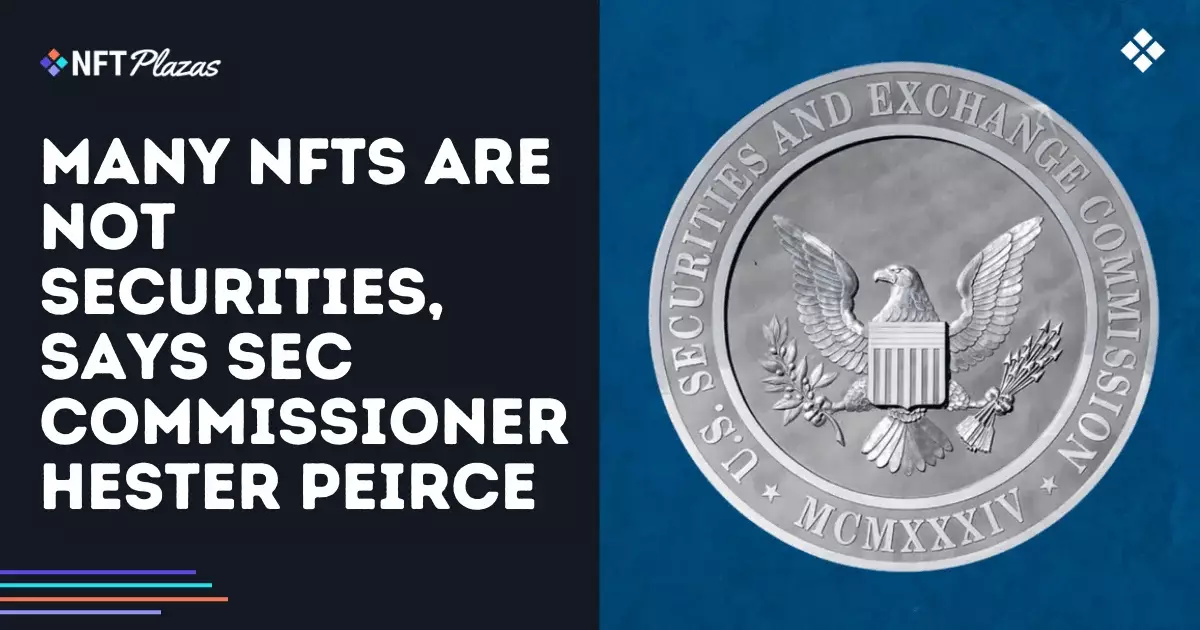The recent comments made by SEC Commissioner Hester Peirce on the status of NFTs are worth a closer look. Specifically, her assertion that a majority of non-fungible tokens do not meet the criteria of securities under U.S. law reflects an essential perspective in the ongoing debate about digital assets. Peirce’s declaration came during the SEC Speaks 2025 event, and it couldn’t be timelier. Given the fervor with which the SEC has been cracking down on what it deems securities violations, clarity from one of its own leaders is a breath of fresh air. However, the issue of regulation in the NFT space remains shrouded in ambiguity, which—ironically—could lead to unintended consequences if we’re not careful.
The Pitfalls of Heavy Regulation
The SEC’s current regulatory approach is one rooted in enforcement and is often criticized as being reactionary rather than proactive. This lack of guidance leaves artists, developers, and investors in a state of uncertainty, which can stifle innovation. While Peirce argues for a more nuanced understanding, the question remains: Should the SEC exercise an iron grip over every digital asset in circulation? The implications of such a crackdown could diminish the very vibrant ecosystem that NFTs have created. Heavy regulation could deter new creators and projects, reducing the diversity and dynamism that characterize the digital arts sphere.
Rationalizing the Safe Harbor Framework
One noteworthy aspect of Peirce’s address is her emphasis on a proposed Safe Harbor framework, designed for crypto projects to flourish before being subjected to the full weight of securities regulations. This proposal, although not yet adopted, is vital for the industry because it offers a breathing space for projects to mature. A structured timeline that permits a three-year development phase could pave the way for more responsible and sustainable growth in an often turbulent marketplace. This not only benefits creators but also provides a layer of protection for investors who might otherwise be exposed to poorly conceived initiatives.
Expectations and Misconceptions
A critical point raised by Peirce is the focus on how NFTs are marketed and sold, rather than merely classifying them by their asset type. The distinguishing factor appears to be whether buyers are led to believe they will profit based on the actions of a central party. This is a vital distinction, as it addresses the misconceptions surrounding cryptocurrencies and NFTs as purely speculative assets. Educational initiatives could bridge the gap between regulatory understanding and market behavior, thereby empowering both investors and creators.
Future Directions and Industry Sentiment
Ultimately, Peirce’s insights underscore a growing sentiment for clearer guidelines surrounding NFTs and the broader digital asset landscape. With legislative changes potentially on the horizon, the crypto community is in a period of waiting—a moment that carries both excitement and apprehension. If the SEC takes decisive action to clarify what constitutes a security in the realm of NFTs, it could reinforce trust and stability. This would not just benefit the artists and investors involved but could usher in a new era of creativity and economic potential in the digital space.


Leave a Reply